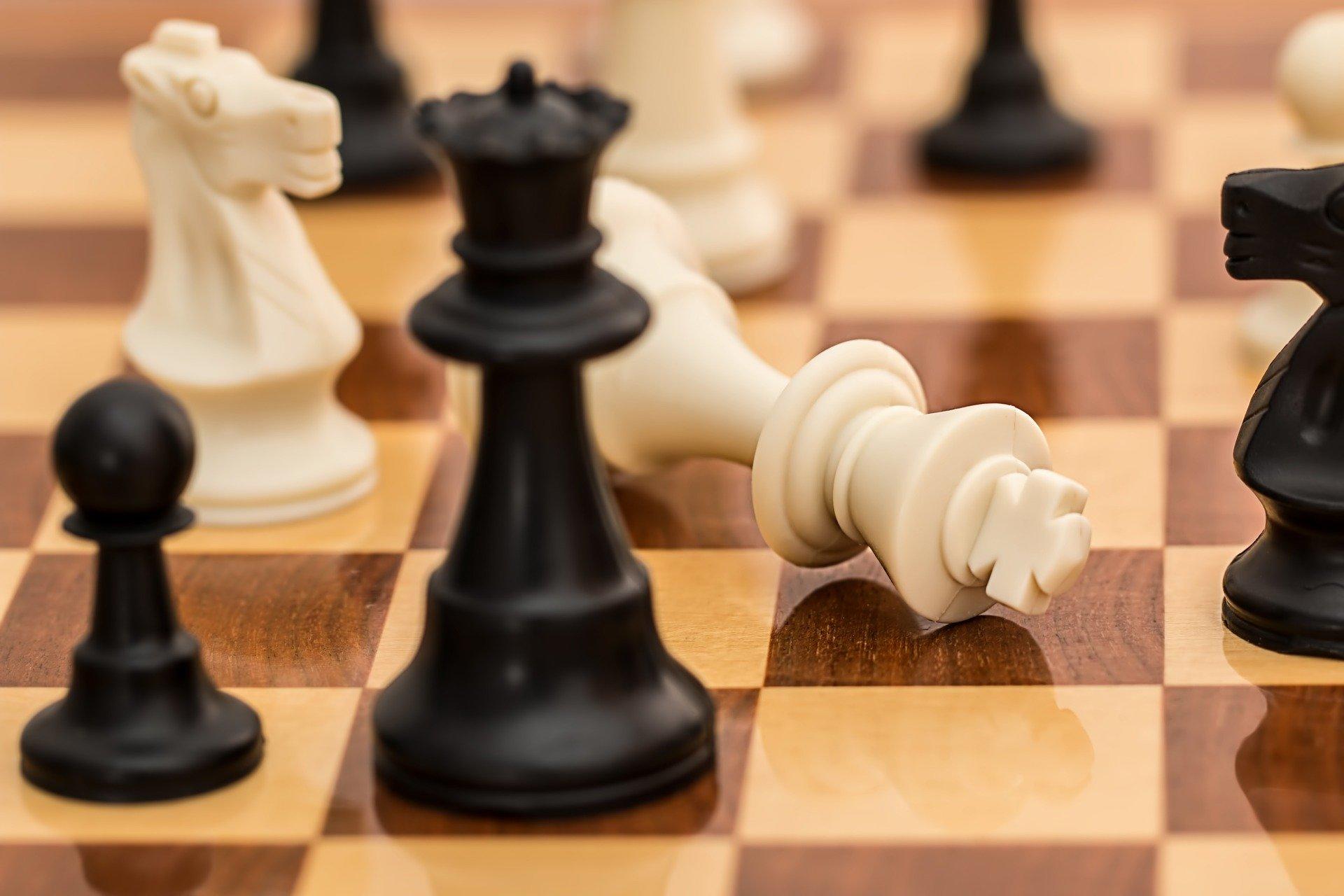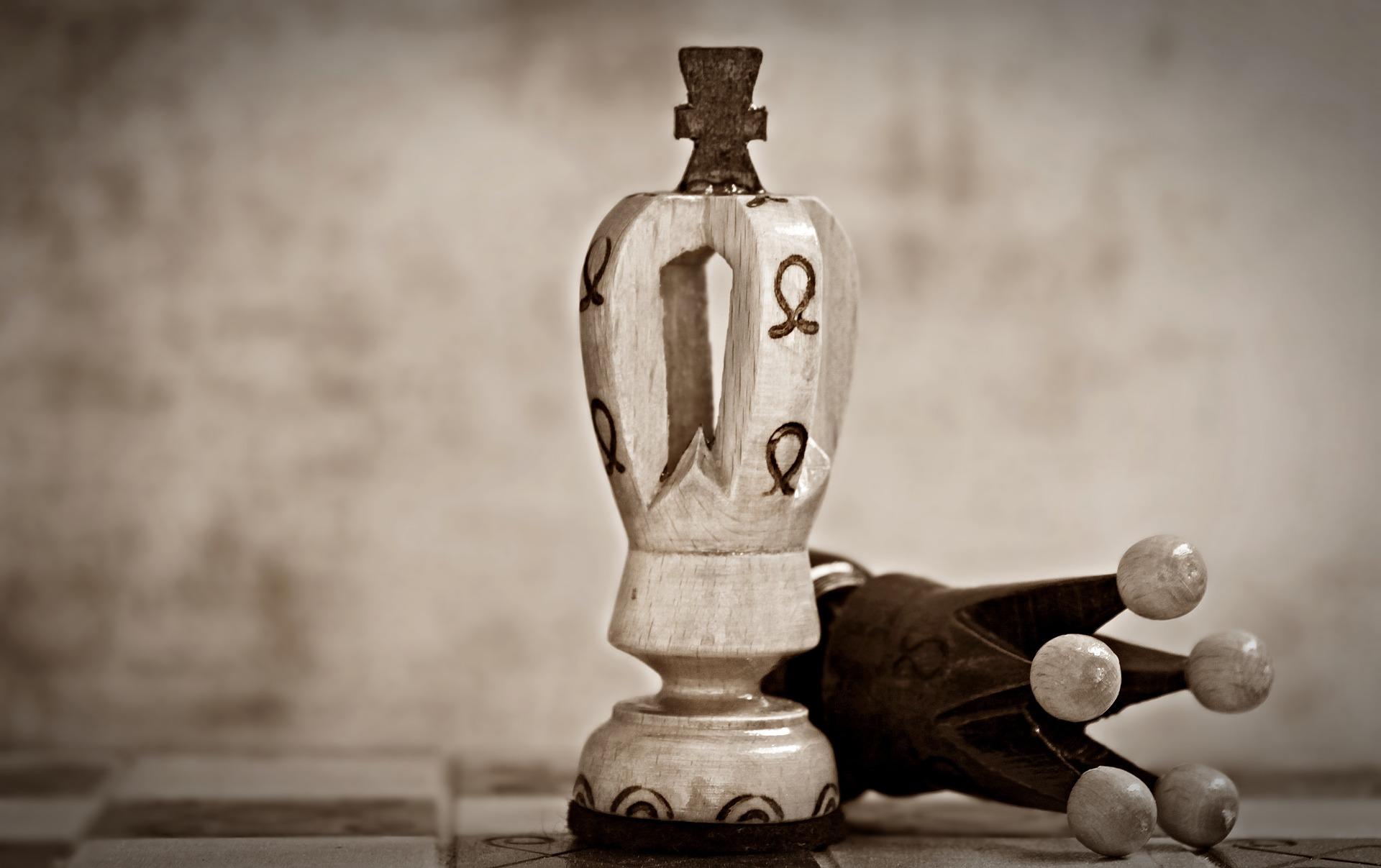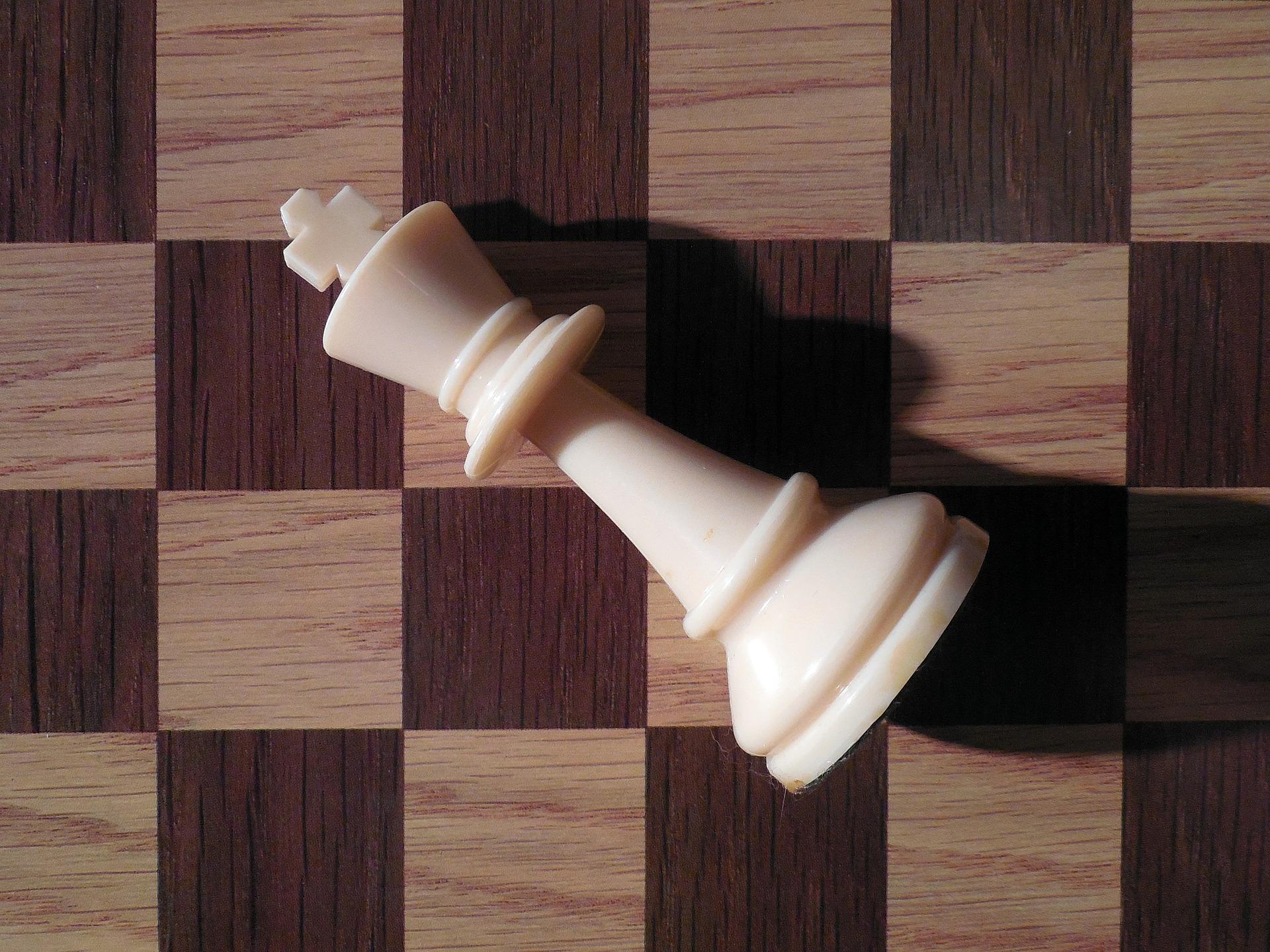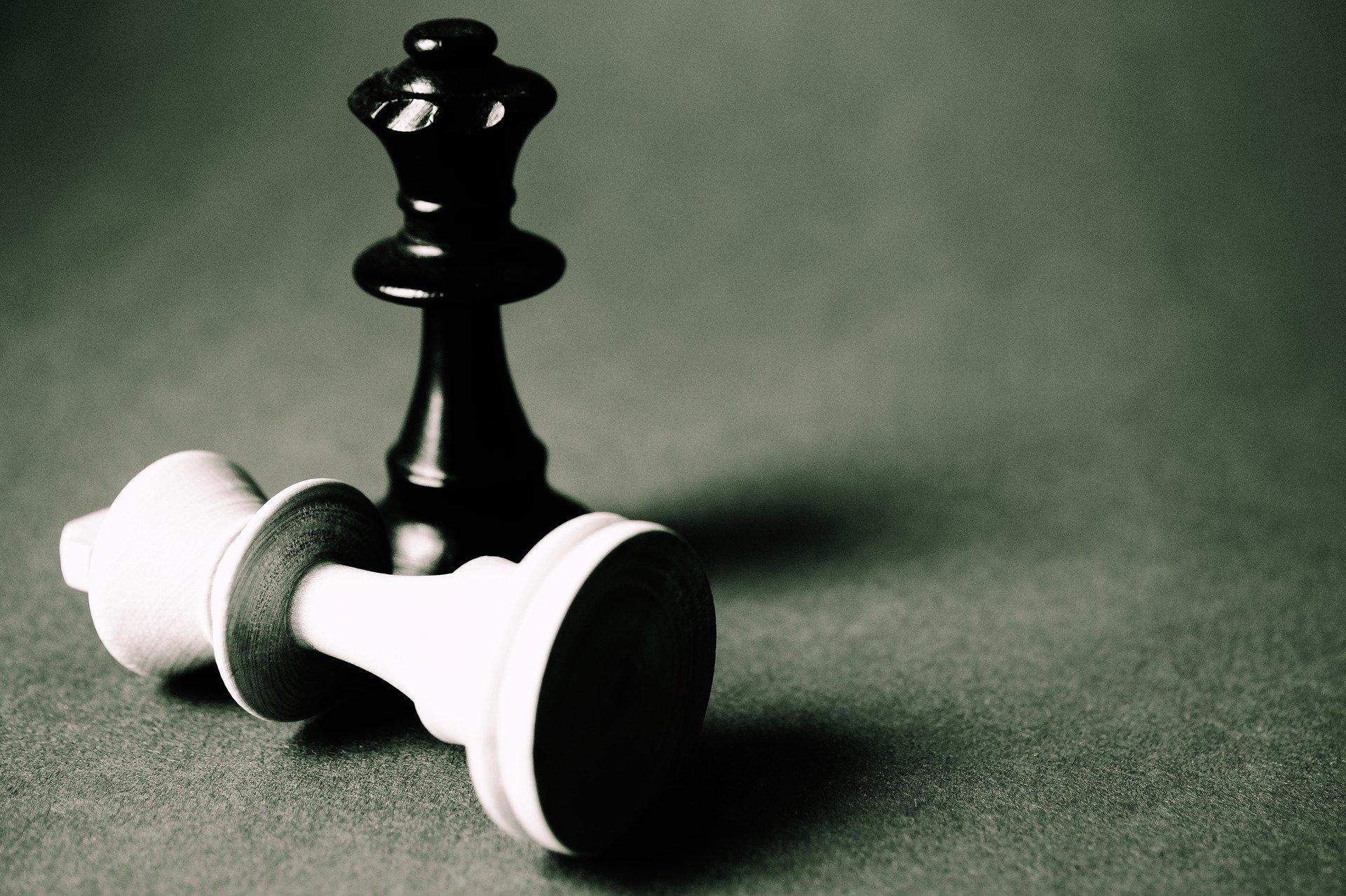“You may learn much more from a game you lose than from a game you win. You will have to lose hundreds of games before becoming a good player.” - José Raúl Capablanca
Would you like to learn how to play chess or get better at the game to play in tournaments or clubs? You need to first learn the fundamentals, which starts with moving the pieces on the board. In this article, we’ll teach you more about the king, the protagonist in every game of chess. Move your first piece, start the clock, and let’s get started.

A Brief History of Chess
According to legend, the game of chess originated in India 1,500 years ago. 
A Quick Introduction to the Rules of the Game
A chessboard includes 64 squares that alternate between black and white. 
- A king
- A queen
- Two rooks
- Two bishops
- Two knights
- Eight pawns
Both players have equal material at the start and you should remember that each queen starts on her own colour. This is known as the initial position and white always goes first. It’s a good idea to learn a few chess openings when you first start learning how to play the game as like with poker, you need to play with your head and not your heart. Find out more about the queen in chess
The King: Chess’ Protagonist
The king is arguably the most important piece on the chessboard mainly because of how vulnerable he is. If the king finds himself in a position to be captured on the next turn and has nowhere to go to, he is said to be in checkmate. The player with the king in checkmate loses the game. 

Castling to Protect the King
One of the most common moves to protect the king is castling, which allows you to protect your king and to make it harder for your opponent to capture him. It uses the rooks at either end of the board. 
- Kingside: this is done with the rook closest to the king.
- Queenside: this is done with the rook farthest from the king.
- In either case, you move the king two squares horizontally towards the rook and you then place the rook on the other side of the king.
To castle:
- The king and rook must not have moved.
- The king cannot be in check and nor can they move through check.
- There mustn’t be any pieces between the king and the rook.
The advantages of castling:
- Shielding the king at the edge of the board.
- Bringing the rook into play.
Castling is a useful move during the beginning of chess games and it’s the only move in the game where two pieces move at once and also the only situation in which the king can move two squares and the rook can jump over another piece. This is a tactic that can be used by novices, too. Find out more about the rook in chess
Back-rank Checkmate
The king is very vulnerable and is regularly under attack from your opponent so it’s your job to fend off your opponent’s attempts to checkmate your king. Once you’ve castled, you’re at risk of the back-rank or corridor checkmate where an opponent’s rook delivers checkmate on the back rank. This tactic is possible when the king is positioned behind pawns on the back rank with no other rank to move into. Novices often castle without anticipating the back-rank checkmate so make sure you study ways to avoid the back-rank checkmate.
Direct Opposition
As you reach the end of a chess game, there are certain combinations where you can still win and understanding opposition in chess can help you in various situations. Opposition is when the kings are opposite each other and, since they cannot move towards each other, the player has to move their king into an often weaker position. While the king is often hidden behind his pawns, in this situation, they’re very active in the play.
“In the ending the king is a powerful piece for assisting his own pawns, or stopping the adverse pawns.” - Wilhelm Steinitz
There are various types of opposition:
- Horizontal opposition
- Vertical opposition
- Diagonal opposition
- Distant opposition: the kings are on the same rank or file but several squares apart
Find out more about the bishop in chess
Zugzwang
We say that a player in zugzwang is in a position where they’re forced to worsen their position because they have to take their turn. This could mean losing material, putting a piece in a worse position than their current one, or risking check. Putting your opponent into zugzwang forces them to make a bad move. With kings during chess endgames, this could mean placing a king into check with only one square to move into and no way to defend themselves. They have to move into this square because you can’t skip your turn in chess. During endgames, triangulation is a tactic where the opponent is put into zugzwang and as you’ll have understood, you have to ensure that your king is safe to win a game of chess. There are many tactical problems you’ll need to master if you want to become a good chess player. Would you like to play chess in tournaments? How about learning to play chess with a private tutor? You can get better at chess by learning from the best? You can play blitz (quick) chess games, learn about chess notation, turn losses into draws, or master controlling the centre of the board. Consider joining a local chess club. Why not practise and work out your level by playing against a computer? There are plenty of great sites where you can learn to play chess from the comfort of your own home. Maybe a future grandmaster is reading this article...















